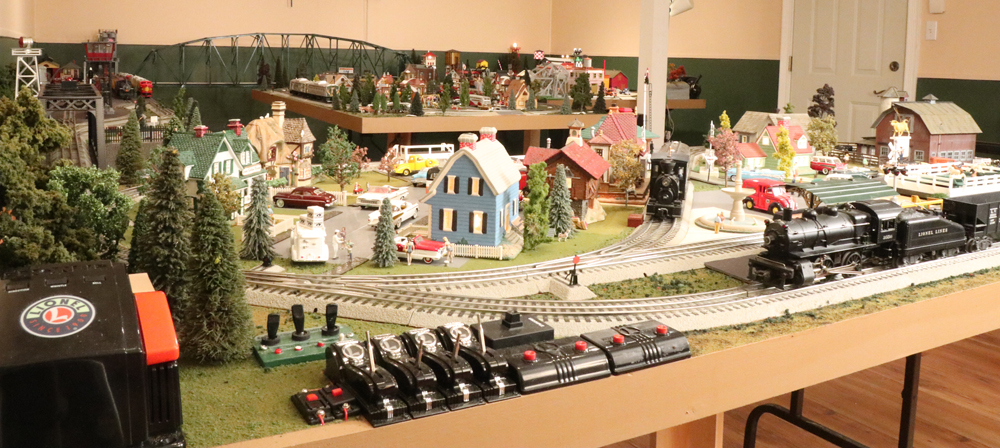
Model railroading — in any scale — can be a challenging hobby for people with disabilities, whether caused by illness, accident, or age. In addition, visitors who use a wheelchair or walker may find it difficult to view distant points on a large layout. The pike shown here was built with such limitations in mind. […]
Read More…
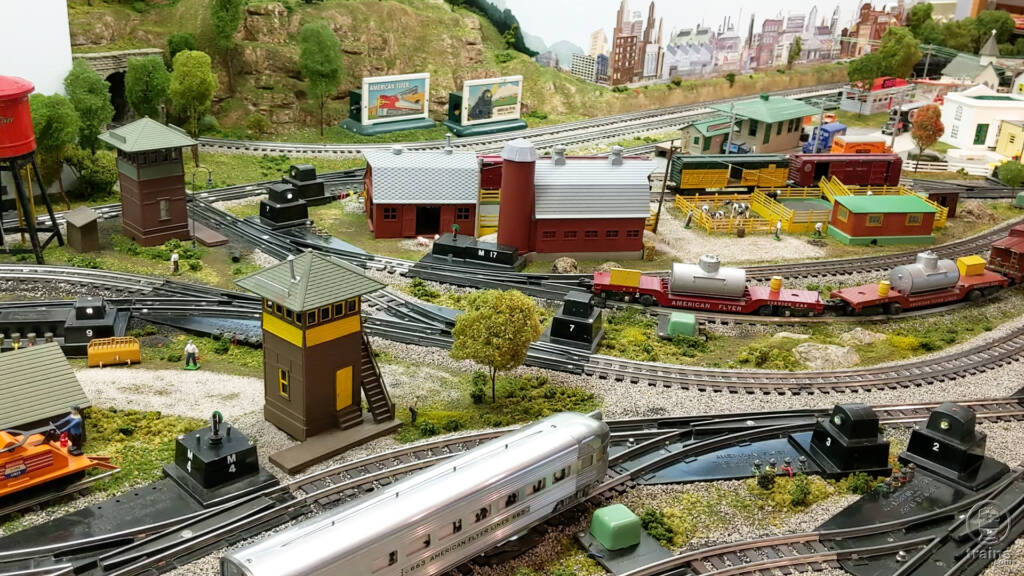
At a glance Name: Gary Wronkiewicz’s S gauge layout Dimensions: 10 x 16 feet Track: GarGraves flextrack (diameters range from 40 to 80 inches) Switches: Gilbert American Flyer Motive power: Gilbert American Flyer, S-Helper Service Rolling stock: Gilbert American Flyer Controls: Gilbert American Flyer No. 12B transformer Accessories: Gilbert American Flyer, Marx Structures: Atlas O, Plasticville U.S.A., Wm. K. Walthers Figures: Barclay, Ertl See more […]
Read More…
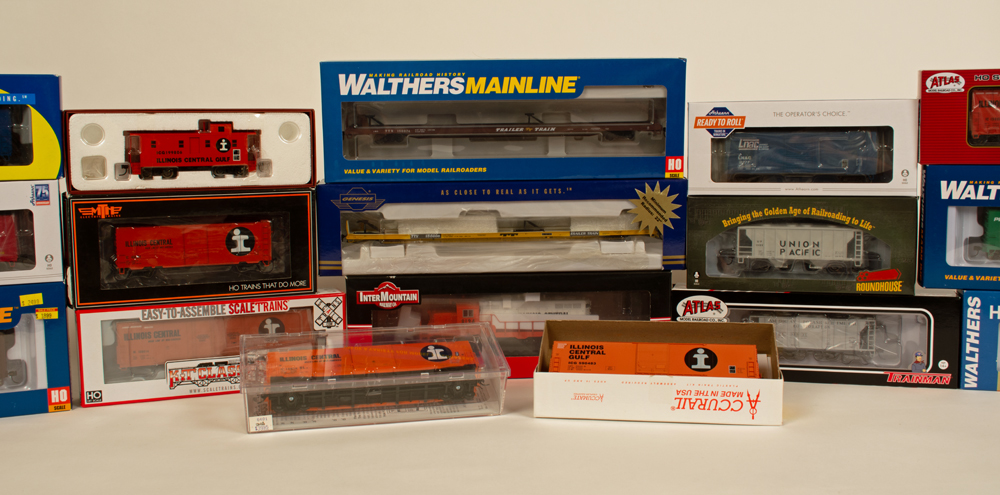
At some point in your life, you will most likely move. For some it may be to a new residence across town. For others it might be several states away, or perhaps another country. In addition to moving furniture, clothes, and other household items, you’ll need to prepare your trains for transport. In this article, […]
Read More…

At a glance Name: Gary Wronkiewicz’s S gauge layout Dimensions: 10 x 16 feet Track: GarGraves flextrack (diameters range from 40 to 80 inches) Switches: Gilbert American Flyer Motive power: Gilbert American Flyer, S-Helper Service Rolling stock: Gilbert American Flyer Controls: Gilbert American Flyer No. 12B transformer Accessories: Gilbert American Flyer, Marx Structures: Atlas O, […]
Read More…
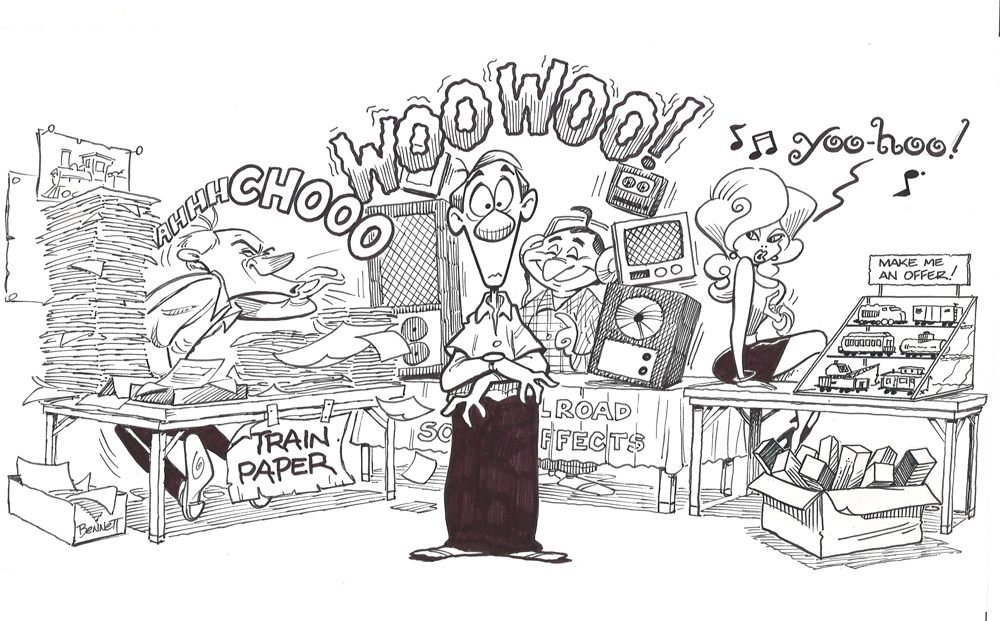
This article was originally published in the December 1990 issue of Classic Toy Trains. John Grams was a longtime contributor and author of CTT’s Q&A column. He also wrote a number of toy train/hobby books. He died in 2011. How do you think this article holds up today? Leave a comment about the “characters” you’ve […]
Read More…
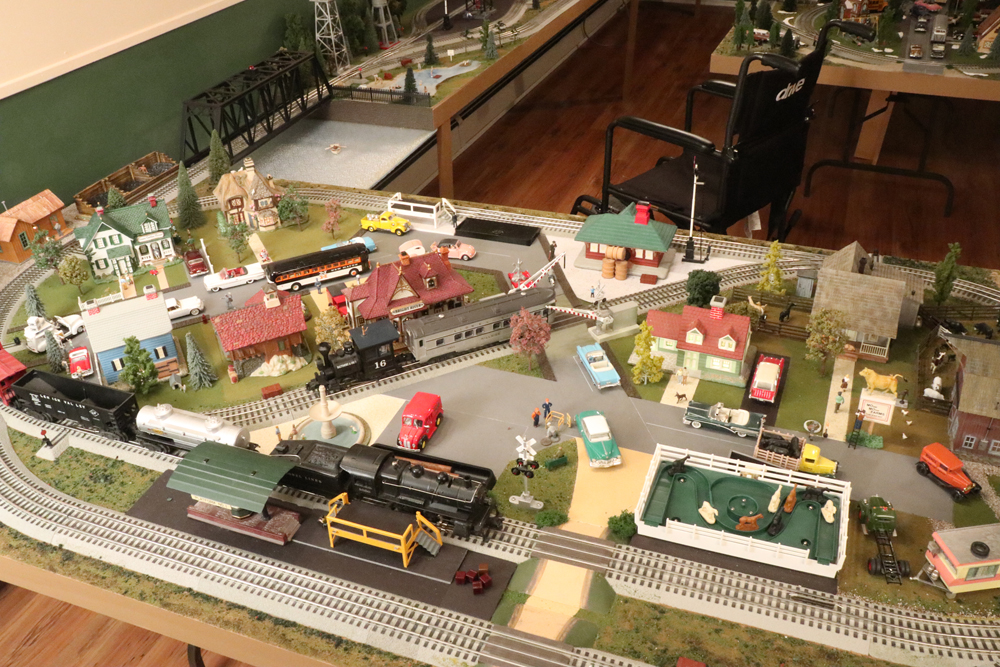
We’re always adding new content to our website. Here’s some recent items you may have missed. Buyer’s guide to structures The one that got away Coming soon! Handicap accessability for toy train layouts Bob Keller writes about a locomotive he loves: Lionel’s No. 41 Army Switcher […]
Read More…

Locomotives & rolling stock MTH has a series of Christmas items as part of their RailKing line. Available items include an O gauge Railing Alco PA A unit diesel (30-21253, $399.95, shown), an ES44AC Imperial diesel engine (30-21238, $399.95), a 4-car double-door plugged boxcar set (30-70131, $349.95), and much more. Delivery expected in October 2024. […]
Read More…
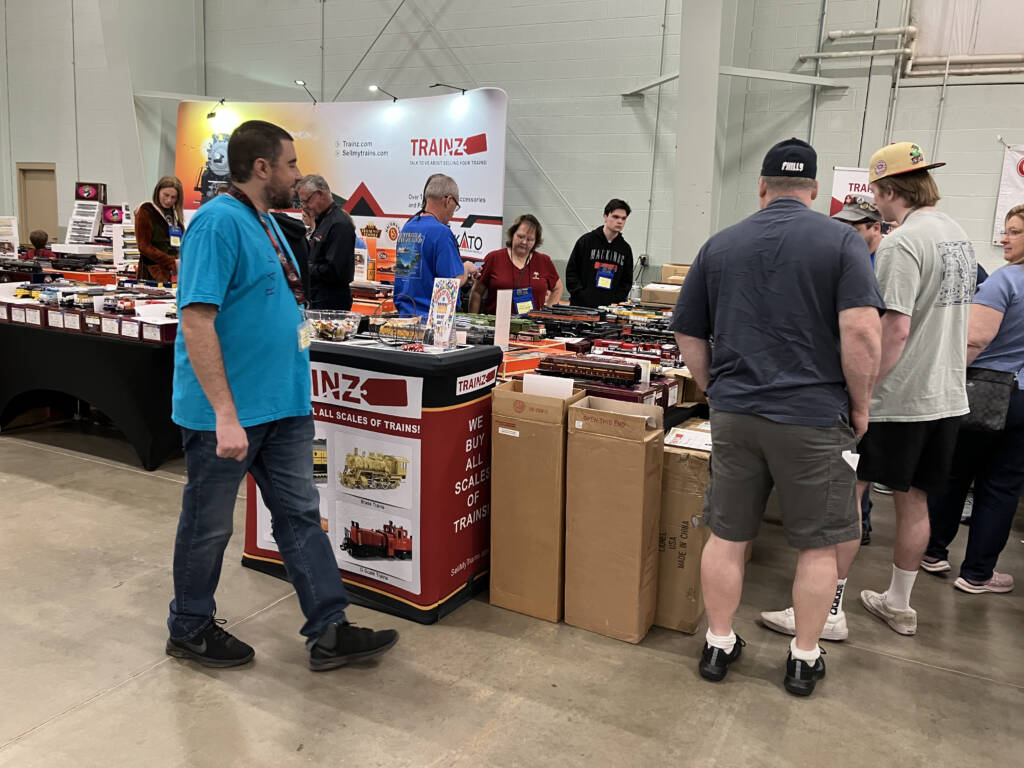
I’ve attended numerous shows during my tenure at Kalmbach, from the local Trainfest show to garden railway conventions, but had never made it to the TCA Eastern Division York show. Finally, I attended my first one April 17-20. It was a whirlwind of activities, meeting contributors and vendors, and getting ideas for stories and layout […]
Read More…
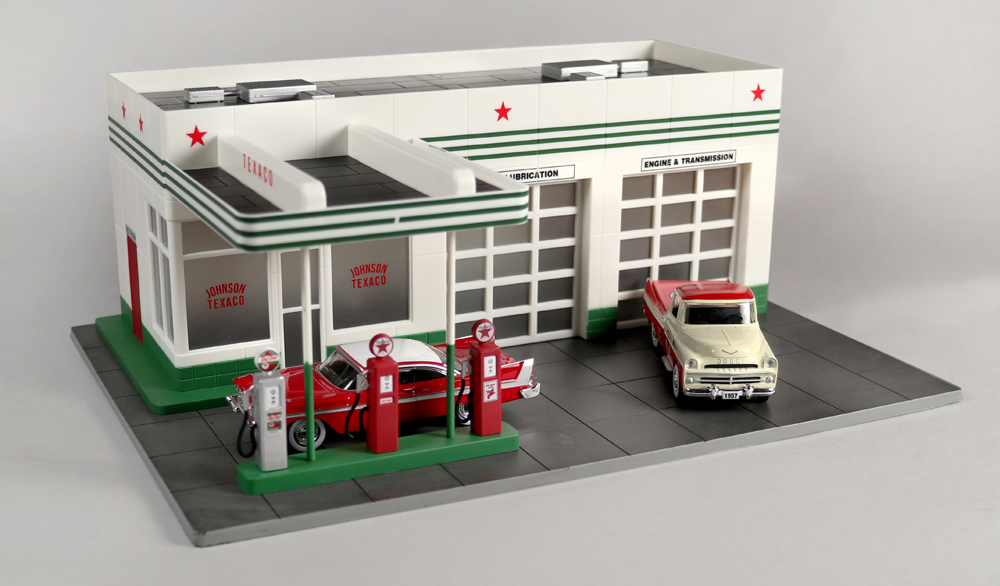
Even the smallest layout needs at least a few structures on it. We’ve compiled a list of manufacturers offering products in O and S scale. We’ve noted each manufacturer’s contact information, what type of structures, the material(s), and if the kits are lighted. Please contact the manufacturer directly if you have questions about their products. […]
Read More…
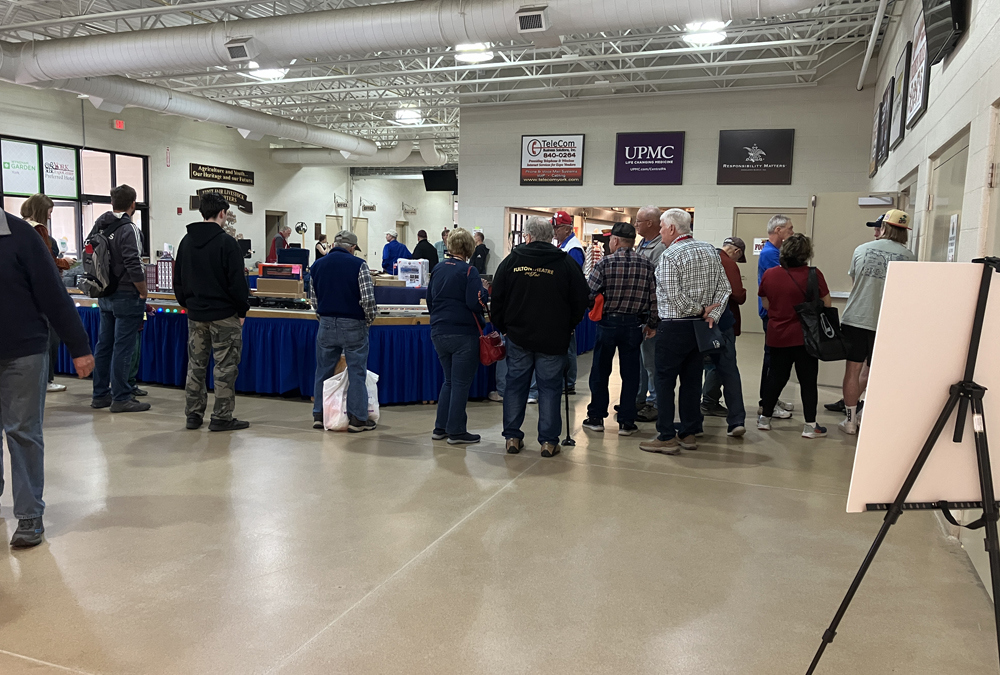
While working the recent TCA Eastern Division York show, Roger Carp and I heard three rumors about the magazine. We’d like to share the questions–and answers–here. Classic Toy Trains is no longer printing issues Yes, we are still printing issues on a quarterly schedule. We also offer digital issues. If you’re a print subscriber, nothing […]
Read More…
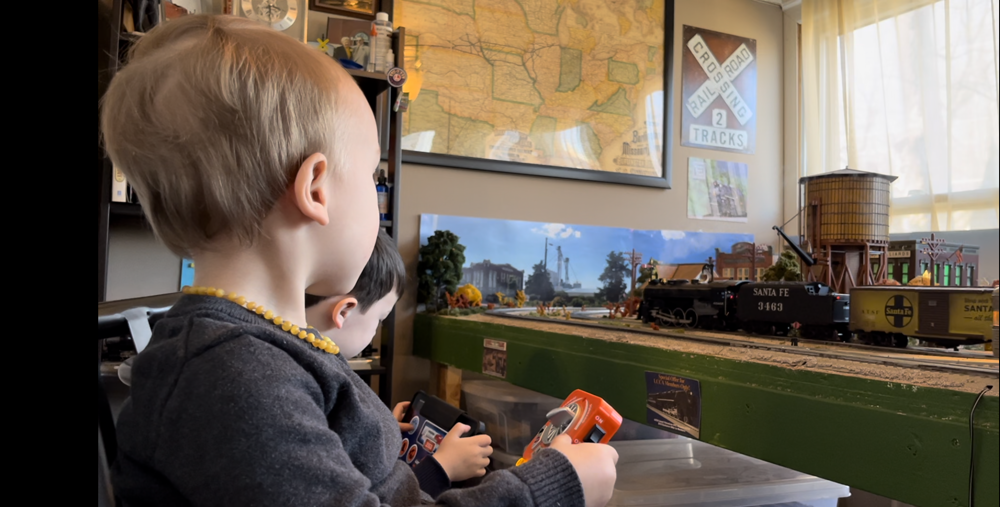
I’ve had a lifelong fascination with trains, stemming from my father’s near 40-year career on the Santa Fe (and later BNSF) railroad. Some of my fondest childhood memories included trips to the train depot in Fort Madison, Iowa where I would see freight trains come and go. When I was 8 years old, I’ll never […]
Read More…

Mountains have long been a popular scenic feature on model railroads. Sometimes they’re incorporated to accurately re-create a prototype location. Other times they’re used to help conceal a tunnel, helix, or turnback curve. Regardless their purpose, there is no denying mountains are dramatic and add visual interest to a model railroad. All of the methods […]
Read More…











